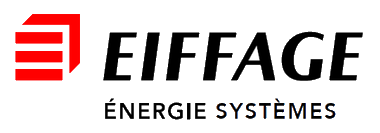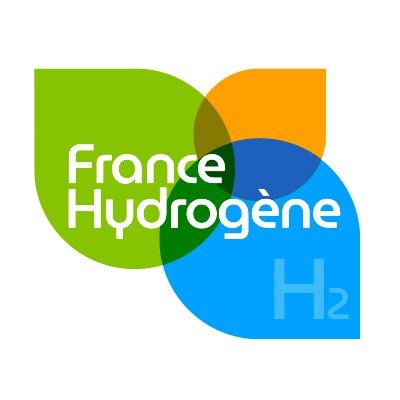Energy (or Power) management covers many fields: from (micro) energy harvesting, conversion at different power levels to management softwares.
By understanding both the technical, economic aspects & associated markets, we link innovations to their different markets (niche or mass) to facilitate their go-to-market.
See this page to have a look at the services we offer on energy management technologies.
Power Electronics
Power electronics is a key component of new electricity conversion systems. The sector is rather conservative in nature but is currently being shaken by the rise of new uses: renewable energies, electricity storage, or electric mobility. Components are evolving based on new materials. Conversion systems require new topologies, and integrators require an ever-increasing level of compactness and efficiency.
Infinergia has developed skills very specific to this sector. We study the market access paths for innovative components, the implications of architectural changes, and the most relevant applications for each innovation. Our experience covers in particular:
- Power components (GaN, SiC substrates) & innovative architectures (multi-level)
- Embedded software and design/simulation software (new approaches to automatic design for example)
- Subsystems: power converters in particular (AC/DC, DC/DC, etc.).
- Systems: inverters, chargers, electric vehicle charging infrastructure, HVDC, current/voltage sensors, etc.
Energy Management Systems
The development of renewable energies and storage is making energy production systems more and more complex. Hybrid systems (micro-grid, renewable parks with storage,...) are developing and make it necessary to better manage both intermittent production (photovoltaic, wind), fossil (diesel generator), and storage (batteries, supercapacitors) systems.
Energy Management Systems (EMS) provide this management in interaction with the network. They allow a better design of the components and thus reduce the total costs of the project by providing:
- real-time control of the system
- a medium-term optimization based on production forecasts
- remote monitoring and control
These EMS are key in the development of hybrid systems. Through our missions and exchanges, we have developed a very good knowledge of these software and the markets they address.
Energy Harvesting
Energy harvesting is the production of electricity to power autonomous electronic or electrical systems. Most of them are microelectric generators (from a few microwatts to a few milliwatts) to power sensors used in the Internet of Things (IoT). But some energy harvesting-based generators can reach a few hundred watts for the most powerful ones to power actuators (e. g. engines) or larger systems.
This electricity can be produced by one or more sources of energy available in the surrounding environment. The aim is to avoid grid connection or the use of batteries. For this reason, this approach is also called "Green Energy Harvesting". The energy source can be light (photovoltaic), thermal (thermoelectricity), created by movement or vibration (kinetics) or radio-frequency (RF).
Infinergia has studied in depth the energy recovery and storage technologies in this field, as well as the most promising applications.






























